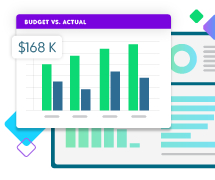On Alert: Signs that Your WordPress Site Has Been Hacked
Byte Technology
AUGUST 1, 2017
It may have been a large-scale malware attack, or some nefarious lone individual may have inserted files and scripts onto your server or hijacked your site’s emails or search results. If you notice any of them contact your WordPress website consultant immediately or visit the WP forum board for help.












Let's personalize your content